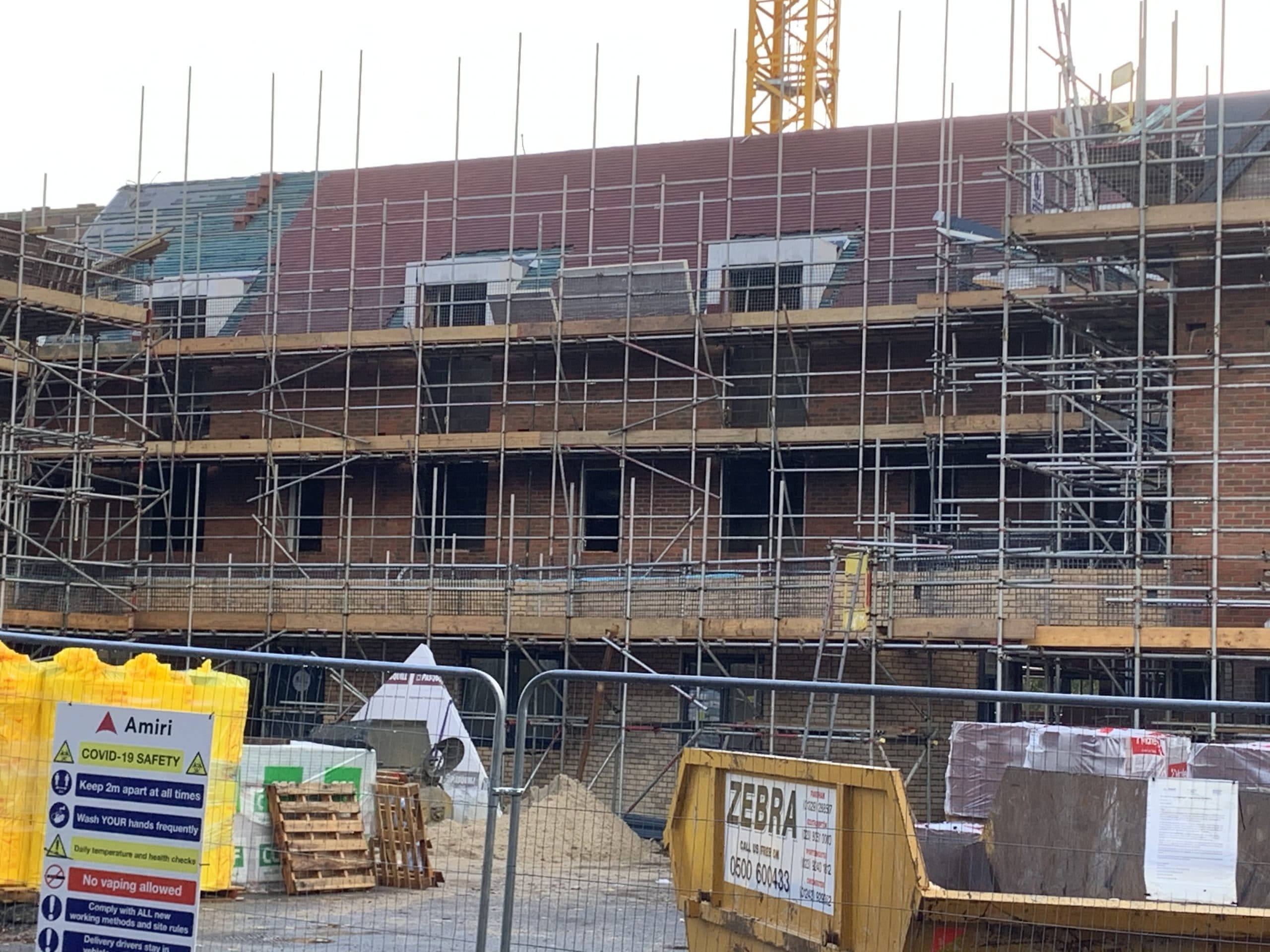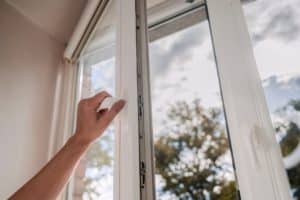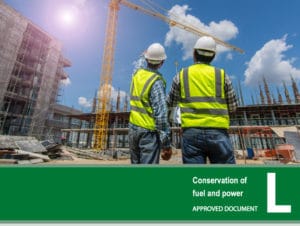SAP 10 – the new draft version of SAP 2012 – will more than halve the CO2 emissions factors for electricity. Here we explain the changes for SAP 10 and what it could mean for you.
Back in 2018, the UK Government announced that SAP 10 would be launching in 2019-2020. And while (unsurprisingly!) we’ve seen this take a back seat for the time being, now is the time to prepare yourself for the changes ready for when they do become mandatory.
What is SAP 10? SAP 10 is an update on the methodology and testing procedures used to calculate energy use in new residential developments. The changes from SAP 2012 to SAP 10 will have a major impact on the way we design heating systems and insulate our homes.
There is no firm date when SAP 10 will come into effect; however, once Part L / Section 6 have been officially updated, we can expect the SAP 10 method to be adopted. Until then, we can learn and familiarise ourselves with the proposed changes and begin to weave them into our future project plans.
What is SAP?
A SAP calculation stands for a Standard Assessment Procedure calculation. Or, in other terms, the means of showing that your new build complies with energy and carbon requirements set out in the current Building Regulations.
It’s your measure of the energy and environmental performance of your new dwelling and your assessment of the energy your new development is likely to consume.
Read our 101 guide on SAP assessments here.
What changes will we see with SAP 10?
We cannot be 100% of the changes until they are formally published – but, from the documents published so far, we can share a hint of the adjustments that can be expected.
Changes in fuel and CO2 factors
CO2 emission factor for electricity will be reduced from 0.519 kgCO2/kWh to 0.233 kgCO2/kWh – over halving the emission factor.
This means that the carbon footprint of electric heating (rather than gas) will be more favourable in helping you hit those numbers as assessors in SAP 10 will likely find it easier to achieve compliance with electric heating.
A potential downside to this is that the impact of Solar PV against a SAP assessment will be reduced, and so more PV could be required in order to achieve local planning requirements on major developments.
A move towards bespoke thermal bridging
Thermal bridging and fabric heat losses will be given a more substantial focus. The default thermal bridging figures are set to increase by a third: so, if any developers are still using default thermal bridging data, they’ll need to start adopting recognised calculations.
The Accredited Construction Details have also been removed from SAP 10 as the ‘better case’ defaults. The aim is to try and get developers researching and adopting better and more specific junction details.
A reduction to overheating risk
SAP 10 has cut down the amount of ventilation that designers can assume is being gained from open windows – this is likely to mean that more dwellings will be listed as having an overheating risk. Designers will now be encouraged to reduce heat gains in other areas and identify all circumstances that could impact keeping windows open during hot weather.
Bath and shower flow rates will be included.
Another notable change is that for the first time, SAP is going to count how many baths and showers a dwelling has, led by proposed flow rates, as well as whether showers are fed by electric or mains.
This information will be used to work out hot water demand in a more accurate way. It could also increase emissions for dwellings that are expected to use lots of water.
Lighting calculations will include daylight and technologies.
New calculations will be based on the dwellings floor area and solar gains. They will also take into account the quantity and efficiency of fixed lighting in a build and daylight contribution. In addition, the calculations will consider window specifications at the design stage.
More detailed heating patterns.
We see this as a welcome change, as it means a more accurate costing for heating can be provided.
With the changes to SAP, calculations will be required to show a consistent daily heating pattern for all days of the week as opposed to just weekdays and weekends (which is currently the case with SAP 2012). This could even lead to an improvement in the overall calculation.
When will SAP 10 come into effect?
It’s a waiting game! Until it does come into force, continue to use SAP 2012 for building compliance and EPC.
Overall, we think that SAP 10 can only be a good thing, and there are certainly ways you can prepare yourself for the changes now. SAP 10 will look for more precise calculations – and so, if you haven’t already, we would encourage you to consider ways that you can be more specific with your sums going forward.
This is something – here at Buildpass – we can help you with.




















